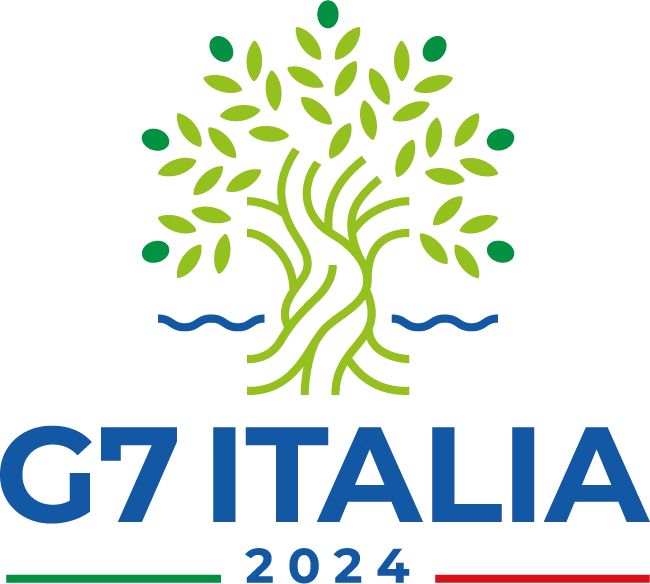The Age of Work-Life Integration
How younger generations are reshaping the interplay between personal and professional life
Tempo di lettura: 7 min
🖊️Francesca Suriano
Jan 2024
In recent years, the concept of work-life balance, long regarded as an ideal of stability, has evolved into a more fluid and adaptive model known as “work-life integration.” For younger generations, particularly Millennials and Gen Z, the rigid division between professional and personal lives, once seen as a necessity, now feels increasingly outdated. Instead, they advocate for a seamless blending of these spheres, one that reflects their values, aspirations, and the demands of a rapidly changing world.
But what does work-life integration truly entail? How is it reshaping the modern workplace? And what are the broader implications for employees, employers, and society as a whole?

Research consistently shows that happier employees are more productive, innovative, and engaged. A positive workplace culture not only boosts morale but also drives success across organizations.
The erosion of boundaries
The traditional notion of work-life balance originated in a time when clear boundaries between work and personal life were feasible. Offices operated during standard hours, and personal time was sacred. However, with the advent of technology, globalization, and remote work, these boundaries have blurred.
For Millennials and Gen Z, flexibility is no longer a perk, but an expectation. A Deloitte report highlights how these generations prioritize purpose-driven work, flexible schedules, and mental well-being over traditional workplace norms. They reject the notion that productivity equates to long hours and instead seek meaningful contributions to their organizations while maintaining a fulfilling personal life.
This mindset reflects a growing recognition that life is not a zero-sum game between work and leisure. Instead, it’s a continuous interplay where both aspects influence and enrich each other.

The lines between work and personal life continue to blur as technology and remote work reshape modern routines. For young generations, flexibility is no longer a privilege but a necessity, reflecting their drive to harmonize purpose-driven careers with fulfilling personal lives.
The non-negotiable demand for flexibility
The pandemic was a watershed moment for redefining work-life dynamics. Remote work became the norm for millions, allowing employees to structure their days in ways that suited their unique circumstances. For Gen Z, many of whom began their careers during this period, the office is less of a physical space and more of a digital concept.
A Wall Street Journal report highlights that some Gen Z professionals may never experience traditional office environments, raising questions about the long-term impact of this shift. On the one hand, remote work offers unparalleled flexibility. On the other, it risks fostering a culture of “always-on” availability, where the absence of physical boundaries blurs the line between professional and personal time.
For many younger workers, however, the benefits clearly outweigh the drawbacks. Remote work has allowed them to integrate personal priorities, such as caregiving, hobbies, and mental health practices, into their daily routines. As this shift reshapes workplace dynamics, younger generations are making bold choices when their expectations aren’t met.

Work-life integration redefines modern professionalism, allowing individuals to seamlessly embrace caregiving responsibilities while advancing their careers in a more inclusive and adaptable workplace.
Walking away from balance
The emphasis on work-life integration is not merely a preference but a decisive factor in employment choices for Gen Z. A Deloitte survey reveals that 40% of Gen Zs and nearly a quarter of Millennials would like to leave their jobs within two years, with lack of work-life balance being a significant contributor to this sentiment. Moreover, approximately a third of respondents indicated they would resign without another job lined up, underscoring the importance they place on well-being over job security.
This willingness to leave positions that do not offer adequate balance reflects a broader trend of “quick quitting,” where employees depart from roles within a short timeframe if their expectations for flexibility and integration are unmet. Employers who fail to recognize and adapt to these priorities risk higher turnover rates and the loss of young talent.

Quick quitting is on the rise, with younger employees leaving roles that fail to meet their expectations for work-life balance and personal fulfillment. This shift underscores the growing demand for workplaces that prioritize flexibility and well-being over outdated norms.
The strain of seamlessness
While work-life integration offers significant benefits, it is not without its challenges. Critics contend that the concept risks legitimizing overwork under the guise of flexibility. In the absence of clear boundaries, employees often find themselves perpetually tethered to their professional responsibilities, a phenomenon that has only intensified with the rise of remote work.
This tension becomes particularly acute during periods of rest, such as vacations, when the allure—or expectation—of remaining partially connected persists. Many workers feel compelled to check emails or respond to pressing matters, blurring the line between respite and routine. While this behavior exemplifies the adaptability inherent in work-life integration, it also underscores the growing struggle to safeguard personal well-being in an era of constant accessibility.
Addressing these challenges requires more than individual effort—it calls for a reimagining of workplace culture, one that embraces flexibility without compromising the right to disconnect.

Burnout thrives in a culture of constant connectivity. The lack of uninterrupted downtime drains energy and creativity, highlighting the urgent need for boundaries in a digital-first world.
How younger generations are redefining the workplace
For organizations to thrive in this new paradigm, they must embrace the values driving work-life integration. The shift requires more than implementing flexible hours or remote work policies; it demands a fundamental rethinking of workplace culture.
A Forbes article emphasizes the importance of trust and communication in fostering integration. Leaders must model behaviors that reflect balance, such as setting boundaries, taking personal time, and respecting employees’ off-hours.
Moreover, organizations should measure success based on outcomes rather than hours worked. This approach aligns with the priorities of younger workers, who value impact and innovation over traditional metrics of productivity.
A vision for the future
The push for work-life integration reflects broader societal changes. As workers seek to align their professional lives with their personal values, the traditional workplace must adapt. This evolution is not without its tensions, particularly among older generations who may view flexibility as antithetical to discipline and dedication.
The potential benefits are undeniable. Work-life integration fosters creativity, reduces stress, and enhances job satisfaction. It empowers employees to bring their whole selves to work, resulting in more engaged and innovative teams.
In the long term, work-life integration may redefine what it means to be successful. For Millennials and Gen Z, success is not just about climbing the corporate ladder; it’s about finding purpose, achieving balance, and making meaningful contributions to both work and life.

Yoga has been shown to be a vital tool for work-life integration, boosting mindfulness, reducing stress, and enhancing focus to balance productivity and well-being.
The pursuit of happiness
The rise of work-life integration marks a turning point in the evolution of the modern workplace. Younger generations are challenging outdated norms, demanding flexibility, and reshaping the relationship between work and life. While challenges remain, the shift toward integration represents a profound opportunity for organizations to create environments that prioritize well-being, foster innovation, and reflect the values of a changing workforce.
In an era where the lines between work and personal life are increasingly blurred, the question is no longer how to achieve balance but how to harmonize the two. Work-life integration offers a vision of the future where individuals can thrive both professionally and personally—a future that reflects not only the needs of today but also the aspirations of tomorrow. The boundaries may be blurring, but the vision of a more integrated life has never been clearer.



